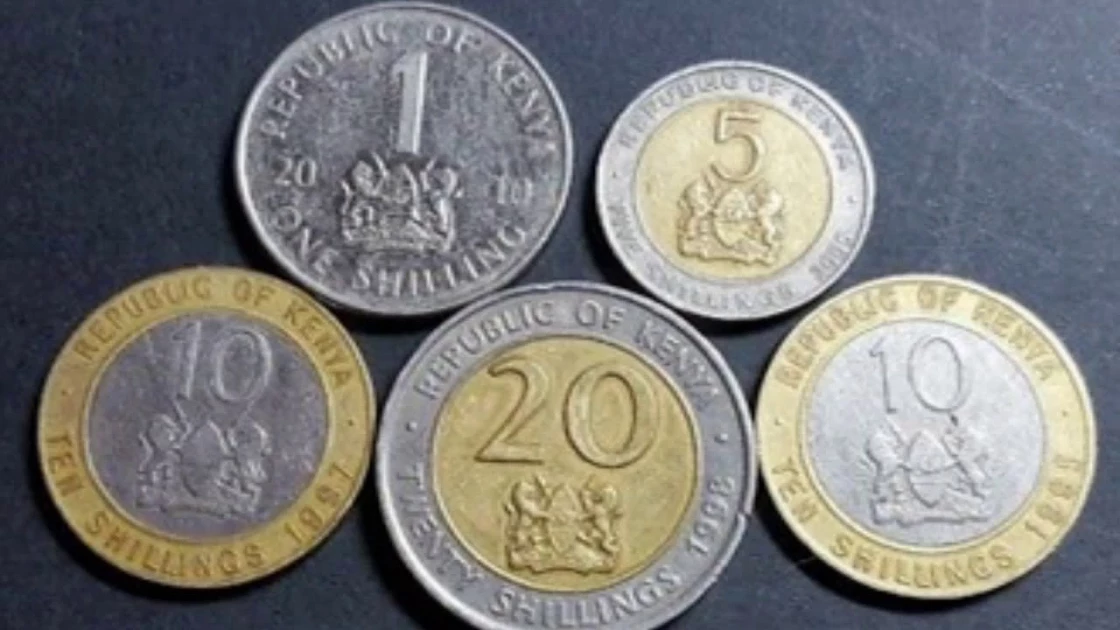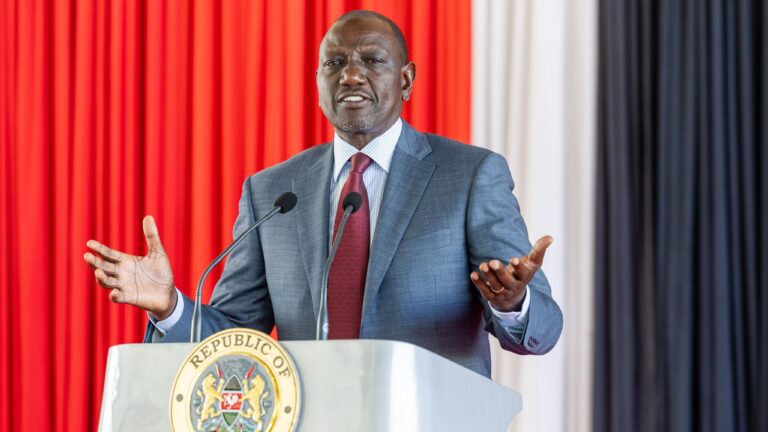
A growing chorus of economists and international institutions has raised alarm over the unusually prolonged stability of the Kenyan Shilling, warning that the exchange rate’s flat‐lining may be the result of deliberate market management rather than market fundamentals. The development poses serious risks for Kenya’s economic credibility and monetary policy effectiveness.
Unprecedented Exchange Rate Calm
Over the past 15 months, the shilling has traded in a narrow corridor between KSh 128 and KSh 131 to the US dollar — a rare feat for a currency in a region where volatility is common. In Q1 2024 the unit had plunged to over KSh 160 per dollar before retracing to KSh 127 by April.
This durability in the exchange rate has prompted questions from the International Monetary Fund (IMF) and Kenyan analysts alike, who suggest that the central bank or government may be intervening behind the scenes to “manage” the shilling.
Experts Raise Red Flags on Economic Impact
Economist Churchill Ogutu of IC Group remarked, “It just points to the stability being or pointing to the management of the shilling to ensure that it is within the current level… whichever witch-doctor that is, he is very effective for now.”
According to the IMF staff visit and commentary reproduced in business coverage, too much exchange-rate stability could interfere with inflation targeting and distort the transmission of monetary policy.
Where the Suspected Manipulation Comes From
Sources reveal several factors that may point to active intervention:
- Central bank and commercial-bank trading activity in the interbank foreign-exchange market, possibly smoothing billed flows and suppressing large swings.
- Structural inflows, such as diaspora remittances, huge infrastructure bond issues and tea/horticultural exports, offer plausible support but may not fully account for the persistent stability.
- Government desire for predictability: An artificially steady shilling reduces pressure on import costs and external‐debt servicing, especially as Kenya services large Eurobond obligations.
Why It Matters for Kenya
The implications are broad and critical:
- Policy risk: If the currency benchmark is not being driven by market forces, the credibility of the central bank’s “flexible exchange rate” claim becomes vulnerable.
- Investor signal: Foreign investors closely monitor FX mechanics; any hint of manipulation can raise sovereign risk premiums, affect credit ratings and deter capital inflows.
- Distorted pricing: Artificial currency stability may shield industries from competitive pressures or mask internal economic imbalances, creating bubbles or misallocation of resources.
- Inflation & external vulnerability: A rigid exchange rate may delay necessary adjustments, but leave Kenya exposed if shocks hit—especially given large external borrowing and import dependency.
What Happens Next
To address these issues, market watchers anticipate the following:
- IMF review: The upcoming surveillance mission will examine Kenya’s FX operations and exchange-rate policy adherence, and may recommend refreshed disclosures.
- Central bank statement: The Central Bank of Kenya (CBK) may issue clarifications or data revealing the scale of its interventions or foreign-exchange holdings.
- Fiscal coordination: Treasury and National Bank may need to align so that currency stability does not mask fiscal weaknesses or ballooning external liabilities.
- Private-sector scrutiny: Financial analysts and export/import firms will push for transparent data on FX flows, hedging costs and local-currency mismatch risks.
Conclusion
What at first glance appeared to be a welcome period of exchange‐rate calm could reveal a deeper structural concern: Kenya may be trading natural FX flexibility for short-term stability. If manipulation is confirmed or perceived, the consequences could ripple across inflation, investment flows and sovereign standing.









